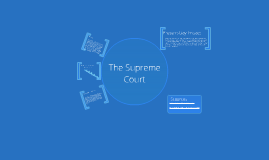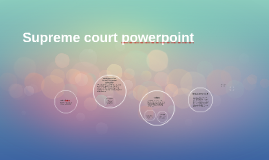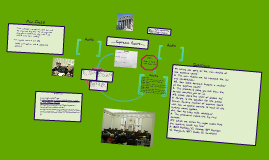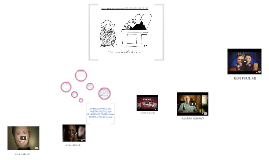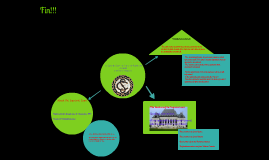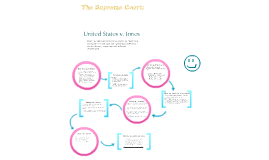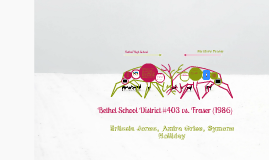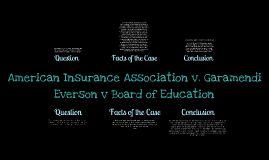Supreme Court
Transcript: Origins The Supreme Court started with the Judiciary Act of 1789. It was created to interpret laws and make sure no one broke them and got away with it. The act said that there would be a Supreme Court made up of one Chief Justice and some Associate Justices. The number of Associate Justices changed from time to time until it was finally decided in 1869 that there would be nine. The first Chief Justice was John Jay from New York. The first Associate Justices were: John Rutledge, William Cushing, James Wilson, John Blair, and James Iredell. The first case the Supreme Court had wasn't until 1792 because until then the specifics on powers were still being decided. 1930 In 1930, the Supreme Court said that U.S. Steel, a really big company, big enough to be a monopoly, didn't break the anti-trust laws since it did have competition, though only a little. 1935 In 1935, the Supreme Court shut down the National Recovery Administration, saying that it was unconstitutional. 1937 Then, in 1937, the Supreme Court called the National Labor Relations Board unconstitutional and shut it down. Also in 1937, Roosevelt tried to make the Supreme Court bigger and fill it with liberals so he could progress the New Deal faster. Impact on Citizens The Supreme Court didn't really have much of an impact on the people. It did stop some of the programs of the New Deal, but not a lot. It shut down the NRA and the NLRB, which slowed the progression of fair business practices, but that didn't stop the New Deal nor did it make the depression much worse or better. All it did was slow down the New Deal, but it didn't stop it. Present-Day Impact The Supreme Court is still the most powerful court in the U.S. Anything that it says goes, and its judgment is final and not to be questioned once it is made. Whenever there is a highly disputed topic, the Supreme Court always makes the final decision. If there is a case to close for other all other courts to call, it goes to the Supreme Court. That is the Supreme Court's role in our lives today. Scources http://usgovinfo.about.com/library/weekly/aa081400a.htm http://www.hyperhistory.com/online_n2/connections_n2/great_depression.html The Supreme Court Impact on the Great Depression






